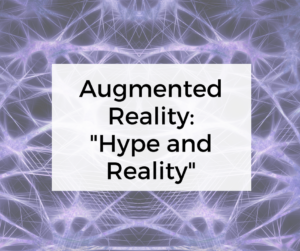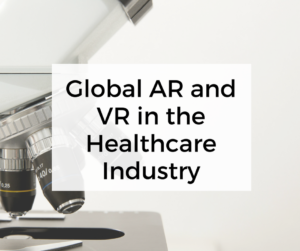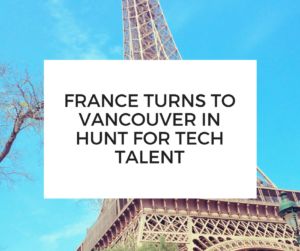IDC IT Industry Predictions

A recent article on Business Wire discusses the International Data Corporation (IDC) IT industry predictions release for 2018 and future years. The organisation has focused mainly on digital transformation of enterprises as a result of innovative technologies, e.g. ARVR.
Frank Gens, Senior Vice President and Chief Analyst at IDC, is quoted to have said that some of IDC’s predictions for the future are a continuation of blueprints for the enterprise digital transformation journey, whereas other predictions involve new strategies for integrating emerging technology.
Here are some examples of IDC’s top worldwide IT industry predictions:
- 60% of all enterprises will have begun to implement part of a full digital transformation platform strategy via a new IT foundation by 2020
- By 2021, over $530 billion will be spent on infrastructure and cloud services by enterprises, and over 90% of organisations will be using this technology
- Human-digital interfaces are expected to diversify by 2020; 25% of field operators and workers are predicted to use Augmented Reality by this time
- By 2021, at least half of global GDP is expected to be digitised, with main growth drivers of all industries being digitally-improved operations, relationships, and offerings
- 90% of big enterprises are predicted to generate revenue from data-as-a-service by 2020








